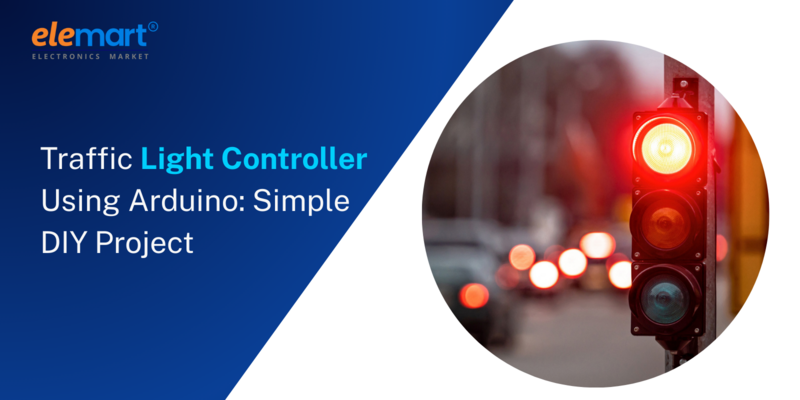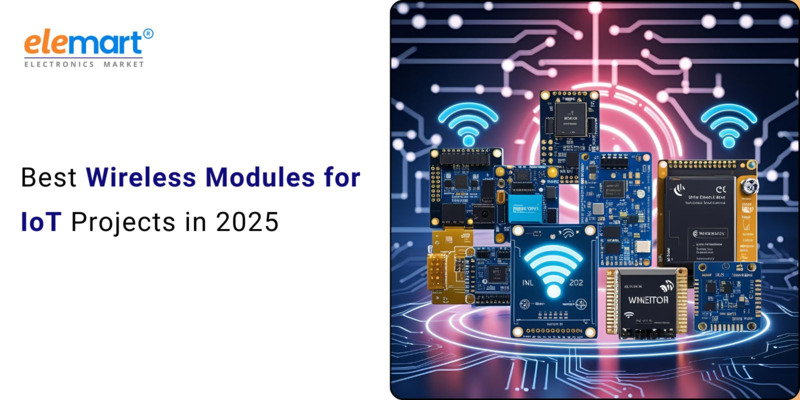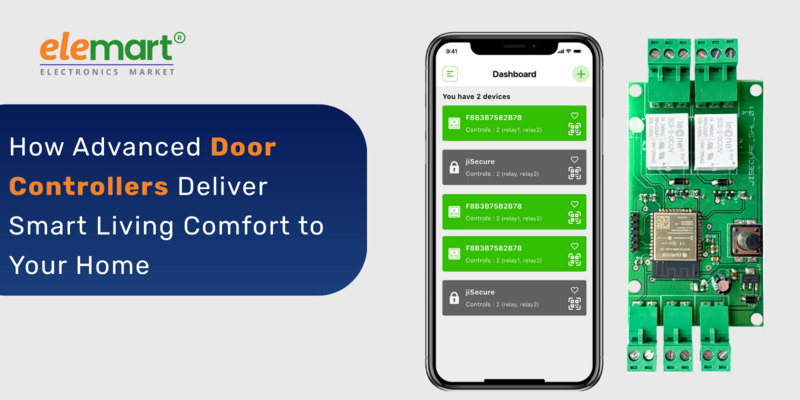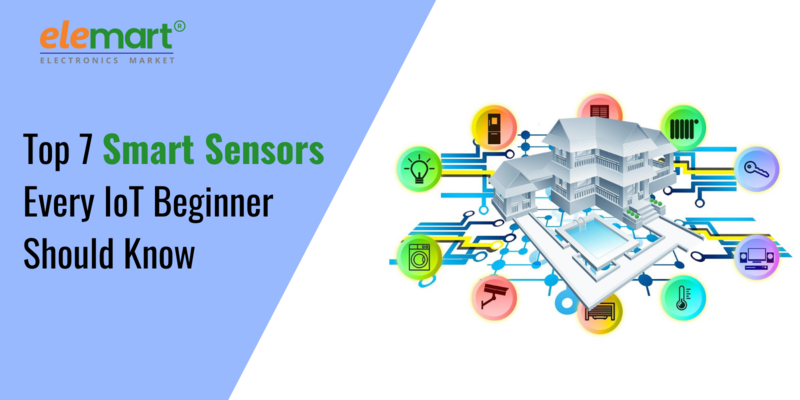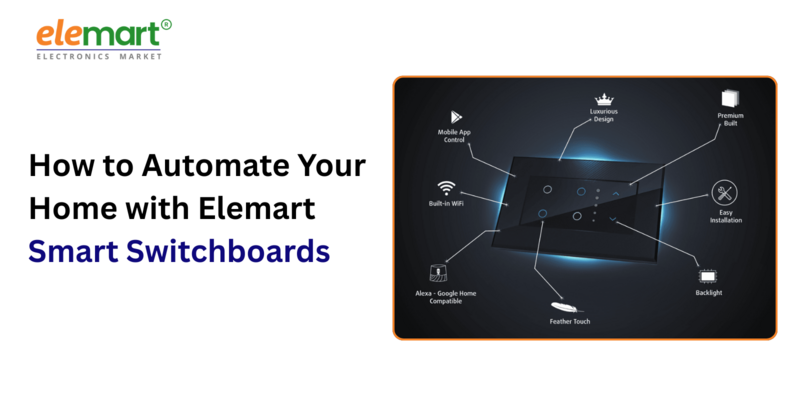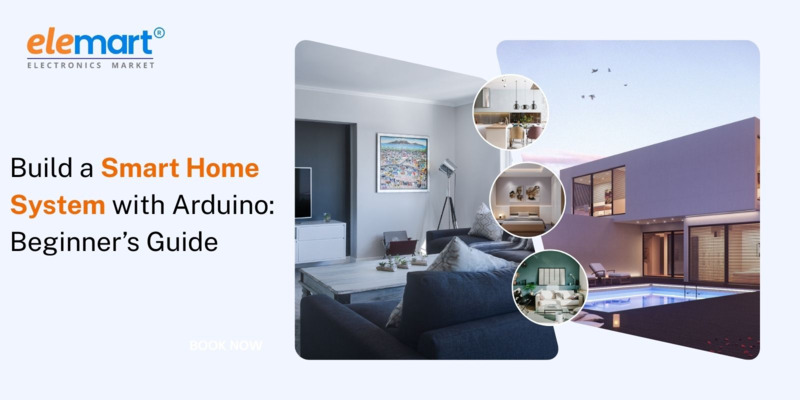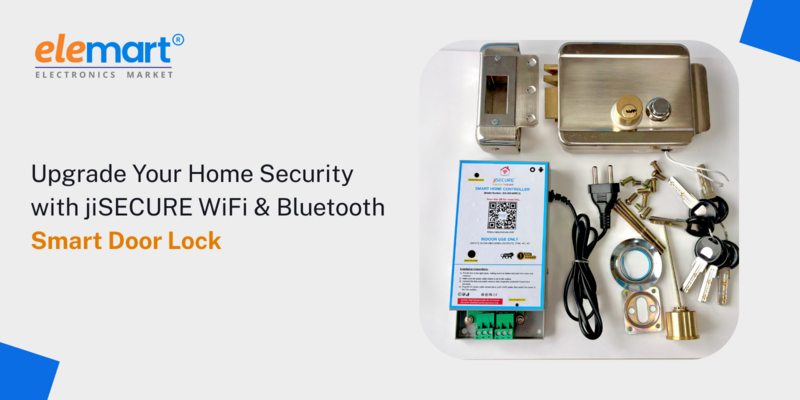- Jul 03, 2025
- Smart Home
- 337
Share this post on:
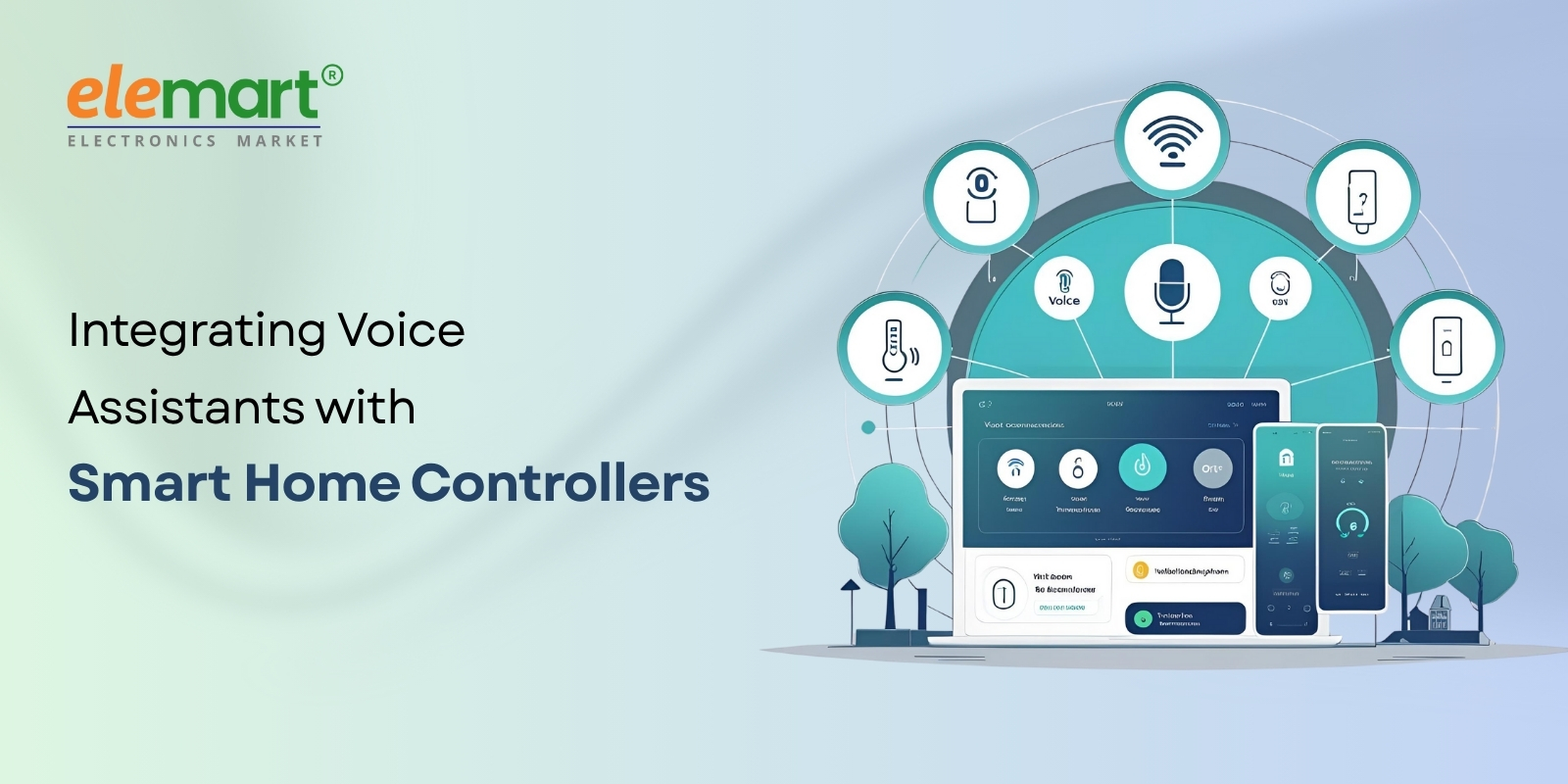
The smart home dream is no longer a futuristic fantasy; it’s increasingly a reality for millions. We've moved beyond simple smart bulbs and thermostats – now, we're talking about automated security systems, entertainment hubs, and appliances all working in harmony. But the true magic happens when you can control it all with your voice. Integrating voice assistants like Amazon Alexa, Google Assistant, and Apple Siri with smart home controllers isn't just convenient; it's the key to unlocking the full potential of a truly connected home.
Why Integrate Voice Assistants? The Benefits Go Beyond Convenience
Let's be honest, the initial appeal of voice assistants is the sheer convenience. Instead of fumbling for your phone to dim the lights, you can simply say, "Alexa, dim the living room lights to 50%." However, the benefits extend far beyond that:
- Hands-Free Control: This is particularly valuable when your hands are full – cooking, holding a baby, or simply relaxing.
- Accessibility: Voice control offers a crucial accessibility feature for individuals with mobility limitations.
- Simplified Automation: Voice commands can trigger complex routines and scenes. Imagine saying, "Goodnight" and having your lights turn off, your doors lock, your thermostat lower, and your security system arm – all with a single command.
- Natural Interaction: Talking to your home feels more intuitive than interacting with apps. It moves the user experience closer to how we naturally interact with our environment.
- Centralized Control: Voice assistants act as a central hub for managing a diverse range of smart home devices, even those from different manufacturers.
- Learning and Adaptation: Many voice assistants use machine learning to understand your preferences and adapt to your usage patterns, making your smart home even more personalized.
Understanding the Players: Voice Assistants & Smart Home Controllers
Before we dive into the integration process, let's clarify the key components:
- Voice Assistants: These are the brains of the operation.
- Amazon Alexa: Known for its vast skills library and integration with a wide range of devices. Operates primarily through Amazon Echo devices, but also available on other speaker systems and apps.
- Google Assistant: Leverages Google's powerful search capabilities and AI. Accessible through Google Home speakers, Nest devices, and Android phones.
- Apple Siri: Deeply integrated within the Apple ecosystem. Primarily accessed through Apple HomePod speakers, iPhones, iPads, and Apple Watch.
- Smart Home Controllers: These are the devices you want to control. This is a vast and growing category:
- Smart Lights: Philips Hue, LIFX, Sengled, and many more.
- Smart Thermostats: Nest, Ecobee, Honeywell.
- Smart Locks: August, Yale, Schlage.
- Smart Plugs: TP-Link Kasa, WeMo, Amazon Smart Plug.
- Smart Security Systems: Ring, Arlo, SimpliSafe.
- Smart Appliances: Samsung, LG, Whirlpool (increasingly offering smart connectivity).
Integration Methods: How to Connect Your Devices
There are several ways to integrate your voice assistant with your smart home controllers. The best method depends on the devices and your technical comfort level.
- Direct Integration (Skills/Actions): This is the most common and often the easiest method. Many smart home controllers offer direct integrations with voice assistants through "Skills" (Alexa) or "Actions" (Google Assistant). You simply enable the relevant Skill/Action within the voice assistant's app, and it automatically discovers compatible devices. This method usually requires an account with the smart home controller's manufacturer.
- IFTTT (If This Then That): IFTTT is a web service that allows you to create "applets" – custom integrations between different apps and devices. It acts as a bridge, allowing you to control devices that might not have direct integrations with your voice assistant. While powerful, IFTTT can sometimes introduce latency and reliability issues.
- Home Automation Hubs (SmartThings, Hubitat): These hubs act as a central controller for your smart home devices. They often provide more advanced features like local processing (meaning commands are executed even if your internet goes down) and greater customization options. You connect your voice assistant to the hub, and the hub then controls your smart home devices. This is a good option for users with a large number of devices or those who want more control over their smart home's functionality.
- Matter Support: Matter is a new connectivity standard designed to simplify smart home integration. It promises to make devices from different manufacturers work together seamlessly, regardless of the underlying protocol. Many devices are starting to support Matter, and this will likely become the dominant integration method in the future. Voice assistants are increasingly supporting Matter.
Step-by-Step Integration Examples (Alexa & Google Assistant)
Let's outline a few basic integration scenarios:
- Connecting Philips Hue Lights to Alexa:
- Open the Alexa app.
- Tap "Skills & Games."
- Search for "Philips Hue."
- Enable the Philips Hue Skill.
- Follow the on-screen instructions to link your Philips Hue account.
- Alexa will automatically discover your Hue lights and allow you to control them with voice commands like, "Alexa, turn on the living room lights."
- Connecting a Nest Thermostat to Google Assistant:
- Open the Google Home app.
- Tap the "+" icon.
- Select "Set up device."
- Choose "Works with Google."
- Search for "Nest."
- Link your Nest account.
- Your Nest thermostat will appear in the Google Home app, allowing you to adjust the temperature with voice commands like, "Hey Google, set the thermostat to 72 degrees."
Challenges and Considerations
Integrating voice assistants with smart home controllers isn't always smooth sailing. Here are some common challenges:
- Compatibility: Not all smart home devices are compatible with all voice assistants. Always check compatibility before purchasing new devices.
- Privacy Concerns: Voice assistants constantly listen for wake words, raising privacy concerns for some users. Understand the privacy policies of your voice assistant and take steps to mitigate risks (e.g., disabling microphone when not in use).
- Network Dependence: Many integrations rely on a stable internet connection. Local hubs can help mitigate this issue.
- Complexity: Setting up complex routines and scenes can be challenging, especially for less tech-savvy users.
- Naming Conventions: Ensure your devices have clear and concise names that are easy to remember and pronounce. "Living Room Lamp 3" is much less useful than "Living Room Lamp."
- Security: Securing your smart home network is crucial. Use strong passwords, enable two-factor authentication, and keep your devices' firmware updated.
Future Trends: What's on the Horizon?
- Matter Adoption: Expect widespread adoption of the Matter standard, simplifying device integration.
- AI-Powered Routines: Voice assistants will become even better at anticipating your needs and automating tasks.
- Proactive Home Automation: Your smart home will become more proactive, adjusting settings based on your habits, the weather, and other factors.
- Voice Control Beyond Commands: More natural language processing will allow for more conversational interactions with your home.
- Edge Computing: More processing will be done locally, reducing reliance on the cloud and improving responsiveness.
- Integration with Wearables: Voice control will extend to smartwatches and other wearables.
Conclusion
Integrating voice assistants with smart home controllers is a powerful way to transform your living space. While there are challenges to overcome, the benefits of convenience, accessibility, and automation are undeniable. As technology continues to evolve, expect even more seamless and intelligent integrations, unlocking the full potential of the connected home. Take the first step today and start creating a smarter, more responsive home.
